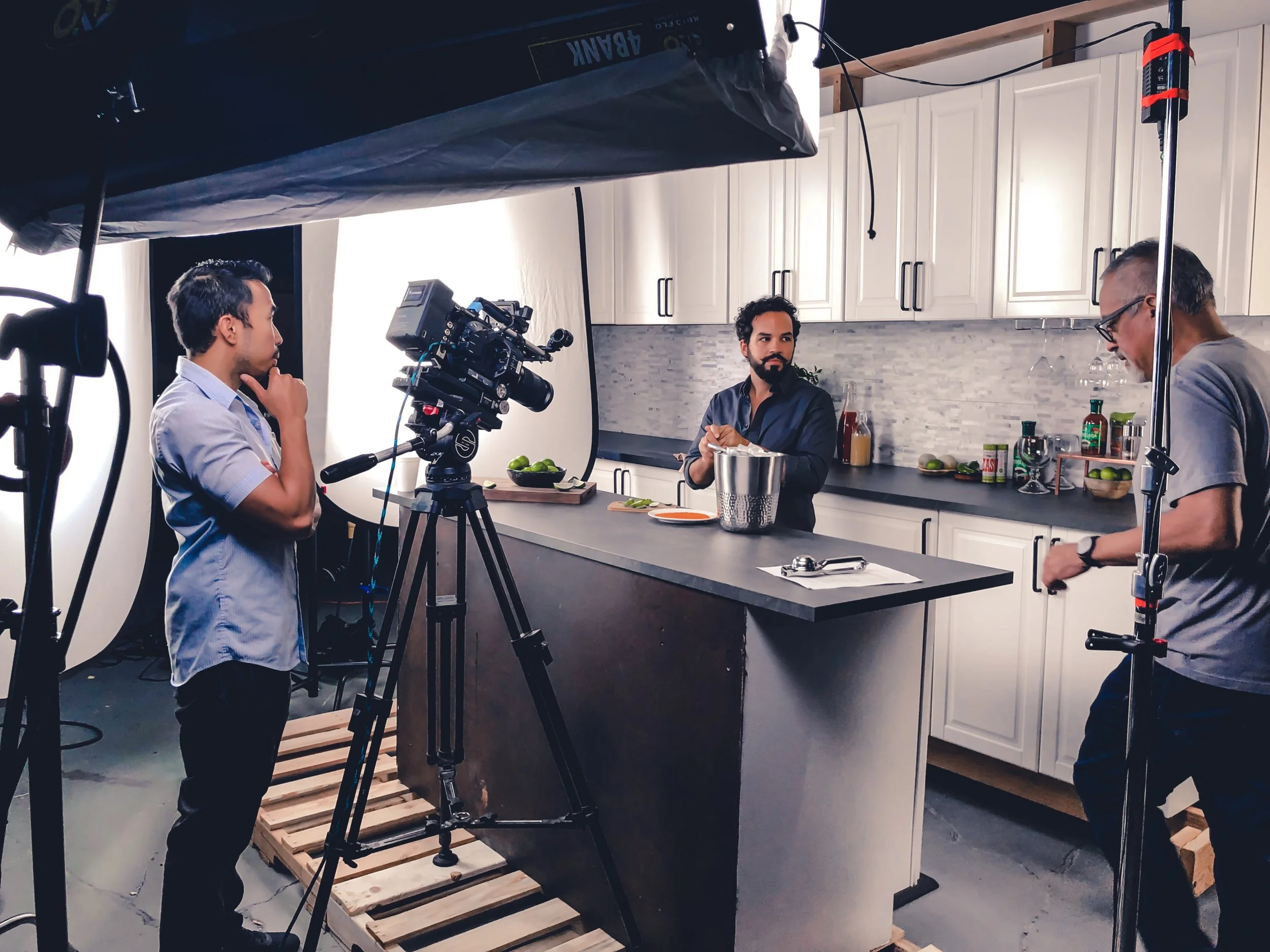How do you convey a professionally creative scene in a shot? Position the camera in a way that guides the viewer where you want them to be. Follow these framing basics and techniques to create a clean shot and help the viewer understand your scene better. In this clip from our video content course, we explain and provide useful tips in implementing the Rule of Thirds, eye lines, 180-degree rule, headroom, depth, and symmetry framing techniques.
5 Basic Camera Movements in Film
Gearing up for shooting a scene and don’t know which camera movement is right for your production? Experimenting with a shot and are looking to approach it from another angle? Positioning and moving your camera can let your audience know more about your scene. We’ve generated a list of the five basic camera movements you can experiment with in your films!
Cinematography becomes more complicated as you go from static to dynamic shots. We're here to help you understand the terminology and functions of the 5 basic camera moves in filmmaking.
#1 - Pan. The pan movement, short for panorama, is a horizontal camera move where the camera is stationary, but the direction it faces moves left or right. Pans are usually made through the use of a tripod, but can also be made through other methods, such as handheld.
#2 - Tilt. The tilt movement is similar to the pan, but is a vertical move, where the direction the camera faces moves up and down. Similar to the pan, tilts are usually created on a tripod, but can be created through the use of handheld.
#3 - Tracking / Trucking. Tracking shots, also known as trucking shots, are created when the camera is physically moved left or right, often to follow a subject. These shots may be created through the use of dollies, steadicams and other equipment.
#4 - Dolly. Dolly shots are created when the camera is physically moved forwards or backwards. They created a similar effect to zooming, as they change how big or little a subject is in the frame. As the name suggests, dolly shots may be created through the use of an actual dolly, but may also be created with steadicams, gimbals, and other equipment.
#5 - Pedestal. Pedestal shots, likely the least used on this list, are shots where the camera is physically moved up and down. They could be created through the use of adjustable tripods, monopods, or cranes.
